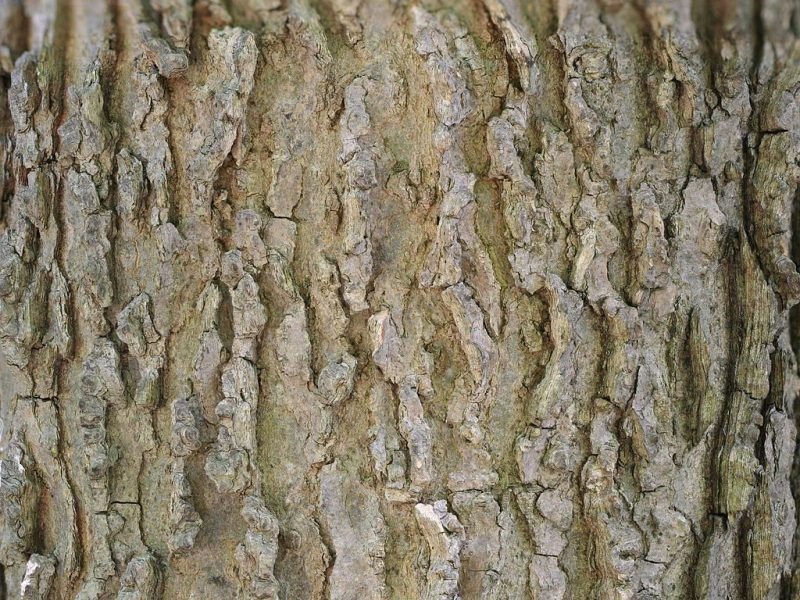Common hackberry (Celtis occidentalis) is a tree that can grow tall and wide. In this growing guide we’ll learn the cultivation details and how to plant Common hackberry (Celtis occidentalis).
This plant has several common names including: common hackberry, American false elm, American hackberry, beaver wood, hackberry, nettle tree, rim ash, sugarberry or sugarberry tree.
This is a plant that takes to reach full maturity.
In this article
Plant profile
Common name: common hackberry, American false elm, American hackberry, beaver wood, hackberry, nettle tree, rim ash, sugarberry, sugarberry tree
Scientific name: Celtis occidentalis
Plant type: Trees
Seasonal colors
| Season | Stem | Foliage | Flower | Fruit |
|---|---|---|---|---|
| Spring | ||||
| Summer | ||||
| Autumn | ||||
| Winter |

How to plant Common hackberry (Celtis occidentalis) – Chhe, Public domain, via Wikimedia Commons
Trees are essential plants in gardens, large and small, with their sculptural presence.
In terms of design, they add height, structure and interest all year round with attractive flowers, foliage, fruits and trunks.
In addition, they provide home and a food source for birds and other wildlife.
[yarpp template=”yarpp-template-genus” require_tax='{“genus”: 1}’ limit=3]
How to plant
In this section we will learn how to plant Common hackberry (Celtis occidentalis), know its needs in terms of soil, watering and sun exposure.
Soil
Common hackberry (Celtis occidentalis) is a plant that prefers to grow in As for pH, it is a plant that grows ideally in soils with pH pH.
Regarding drainage, Celtis occidentalis likes to grow in soil.
Sunlight
Common hackberry (Celtis occidentalis) is a plant that should be grown in or positions.

Cultivation profiles – Growing Common hackberry (Celtis occidentalis) – R. A. Nonenmacher, CC BY-SA 4.0, via Wikimedia Commons



